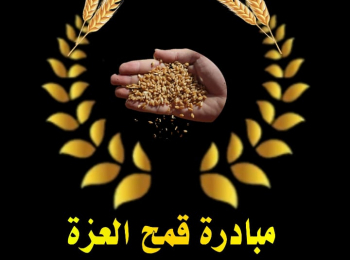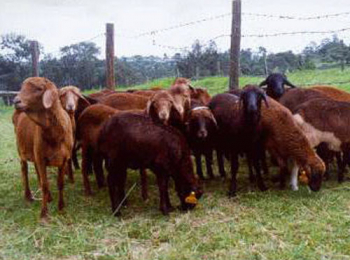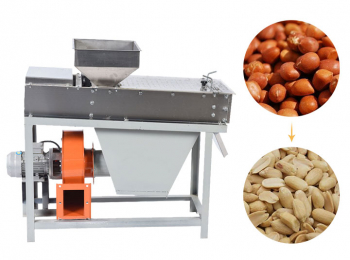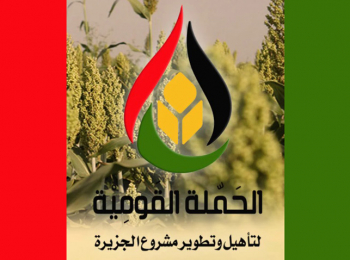- 1655
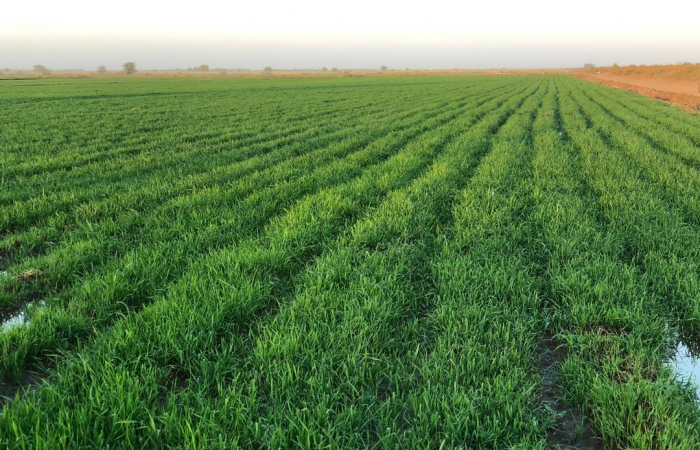
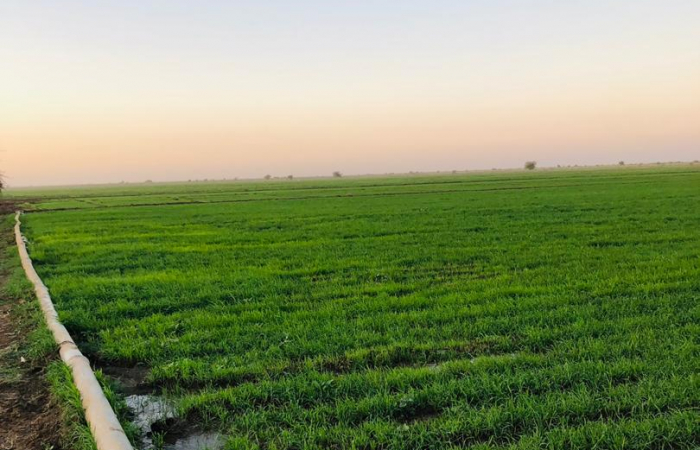
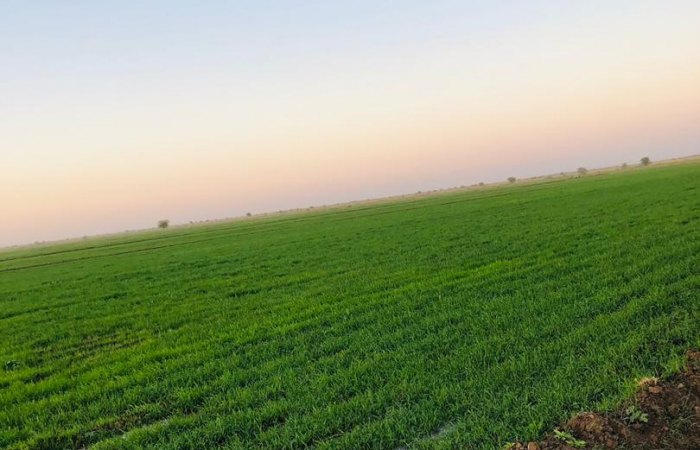
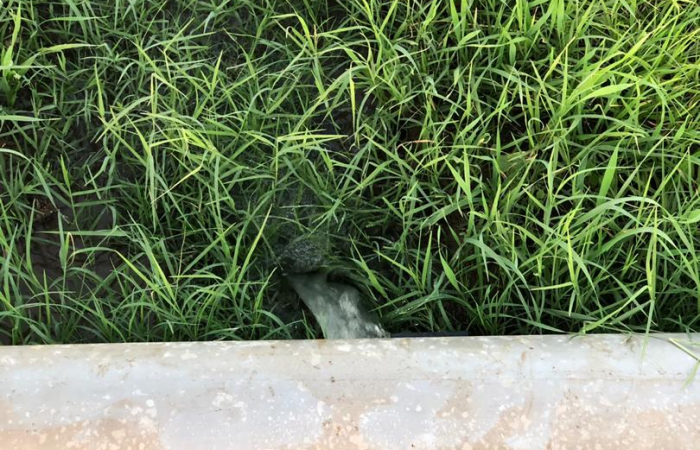
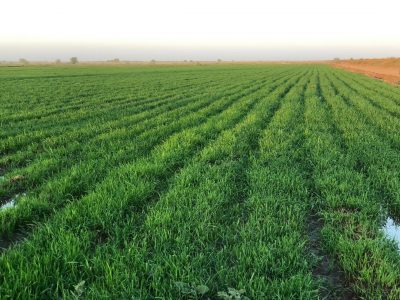
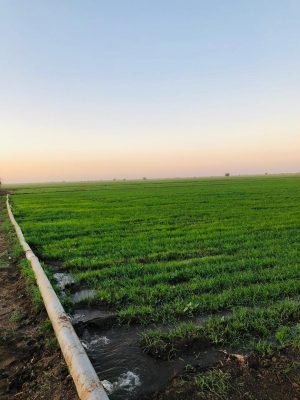
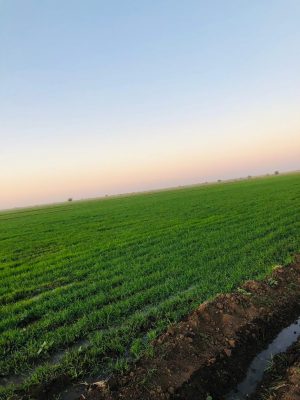
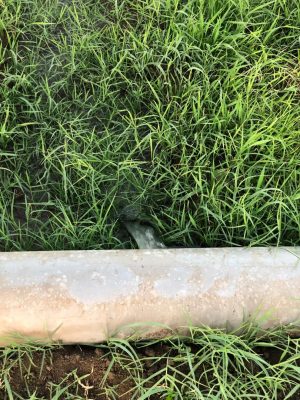
Introducing Rigid Gated Pipe Irrigation Method to Sudan a Pilot Project in the Gezira Scheme
Summary;
Surface irrigation is by gravity in the Gezira and Almanagil scheme from the Sennar Dam down to the minor canals is suitable and cost-effective because of the natural slope from south to north and the current infrastructures. However, the situation of the on-farm water distribution in each production unit (Nimra) of 90 feddan is severely defective. There are 18 sections (administrative units) in the Gezira and Almanagil scheme (2.2 Million acres) farmed by 144,000 farmers. This proposal is to establish an expanded pilot project to introduce Rigid Gated-Pipe (RGP) irrigation to replace the inefficient, laborious outdated short-furrow-basin method (Angaya). Rigid gated-pipe irrigation is a proven technology commonly used in the USA in small- and large-scale farms. The project will train 180 farmers to: 1) install water delivery gates (DamGate®) in irrigation PVC pipes, 2) learn to use RGP to manage water delivery in their farms and 3) schedule irrigation for optimum crop establishment and increased yield. The on-farm training will be used to set-up RGP demonstration in a Nimra inn each of the 18 sections of the Scheme. Future adoption of RGP irrigation will lead to 20% increase in furrow irrigation efficiency, conserve irrigation water by approximately 20 to 30%, reduce famers exposure to health hazards in water ditches, 20% yield increase and lead to decent work conditions and higher income of 144 thousand farmers and their families.
Rationale and current situation:
The current on-farm water delivery and distribution method known as Angaya i.e. irrigating short furrows of 20 meter-long in 14 basins in each feddan was adopted for irrigation about 90 years ago. This method is inefficient, laborious, difficult to deliver optimum crop water requirement, major cause of crop water logging, inadequate crop establishment, and hence low crop yield. Additionally, the farmland (Hawasha) has totally transformed to uneven unmanageable surfaces for irrigation due to Angaya system. On the other hand, the open ditches (tertiary canals) are sources of health hazards and diseases such as malaria and schistosomiasis. The current water distribution cause social tensions between farmers, frustration and led to abandoning farming altogether. Today’s farmers (in the 21st century) are eager to adopt new technologies and deserve to be trained to use modern farming technologies. The current situation of the irrigation system in Gezira is affected by many factors including sedimentation and noxious weed infestation at the lower levels of canalization. The irrigation network in Gezira is damaged because of many factors including outdated and collapsed infrastructures and lack of appropriate farming policies. Modernization of irrigation system in Gezira scheme is over-due.
Project Partnership:
-
- Gezira and Almanagil Scheme, Ministry of Agriculture- Barakat, Gezira-Sudan
-
- Ministry of Irrigation and water resources: The Hydraulic Research Center
-
- Sudan NextGen Organization (Volunteer Dr. Imad A. Eujayl +12082937780)
الأهداف:
-
- To replace the current short (20m) furrow irrigation method (Angaya) with long (280 m) furrow irrigation.
-
- To adopt RGP irrigation method to irrigate long furrows.
-
- To train 180 farmers to use Rigid Gated Pipe irrigation method in their farms.
-
- To set-up pilot projects on farmers land to practice farming using RGP
Implementation and methodology
-
- Farmland preparations:
-
- Select best levelled Nimra on well managed minor canal in each of the 18 section
-
- Land preparation: Chisel plough repeated harrowing to achieve friable soil
-
- Laser levelling is required with a gentle slope (less than 0.05%).
-
- Furrow and ridge preparation as per crop recommendation
-
- RGP system requirements per 90 fed.:
-
- Total of 1500 meters of 8" or 10” (Locally purchased)
-
- Total of 2000 of DamGates® (imported from the USA)
-
- One water riser, or concrete built riser and trash screens.
-
- Three navigator valves (imported from the USA)
-
- RGP system requirements per 90 fed.:
Expected deliverables and impact
-
- Farmland use, irrigation efficiency and crop production:
-
- Increases farmland use by at least 15%, as it eliminates all open ditches and borders.
-
- Reduces irrigation water use by approx. 20 to 30% as water is directed to a single furrow, as well as reduces evaporation from all open ditches, seepage, weeds, run-off waters and overwatering.
-
- Increases furrow irrigation efficiency by approx. 20%.
-
- Improves crop stand (emergence) because it is easier to prevent overwatering and water logging of seedlings.
-
- Reduces overall weeds infestation, as weeds in open ditches are major source of weed seed.
-
- Increases crop growth uniformity and population that reduce weed competition.
-
- Reduces energy (fuel or electricity) used to pump water by 30% in case of booster pumping station.
-
- Increase yield by at least 15% (due to area) as well as higher irrigation efficiency.
-
- RGP eliminate the costs of:
-
- Digging, maintenance and weeding of open ditches known as Abu-XX.
-
- Digging and earthing-up of small on-farm canal (Abu-VI) every season.
-
- Digging Jadwals and raising Tagnats (borders) every season.
-
- Temporary irrigation laborers.
-
- Farming conditions and health hazards:
-
- Reduce exposure of farmer to irrigation waters and mud that are contaminated with agricultural chemicals and pathogens (malaria and schistosomiasis).
-
- Reduce open water surfaces that is favorable for insects and pathogens breeding and harboring poisonous insects. If RGP adopted in all the scheme area it eliminated 40,000 km of 2 m wide open ditches (Abu-XX)
-
- It promotes acceptable and decent work conditions in Gezira farms.
Expected yield increase:
To estimate the yield increase due to adopting RGP, there is need to conduct a cost-benefit analysis of two seasons data from comparison of the current method with the RGP. In general, based on the above information including added 15% farmland, the expected yield increase could be at least 20 to 25% in addition to improving the overall farming and working conditions, health of farmers and water conservation.
Farmers Training:
It is imperative to train a sample of farmers (10) in all sections of the 18 sections. The training can be achieved in 3 days scheduled as follows:
-
- Class training (1 day):
Each class will consist of 20 farmers 1 days in-class lessons and 2 days field work. The training topics include:
-
- Basics of irrigation, soil conditions, hydraulic head and flow
-
- Principles of on-farm irrigation and water management and scheduling
-
- Importance of optimum irrigation and crop water requirement
-
- Awareness of health hazards in irrigation water
-
- On-Farm training (2 days):
-
- PVC pipe quality, care, handling, and repair
-
- Hands-on hole cutting in PVC pipes to fit DamGates ®
-
- DamGates ® parts and installation on PVC pipes
-
- Hands-on pipe joining practice and safety
-
- Installation of RGP in a Nimra and irrigate a farm
Expected training outcome:
-
- Knowledgeable farmers of RGP irrigation method
-
- Demonstrate RGP feasibility and impact on farmer’s land and productivity
-
- Learning about best irrigation practices and water conservation
-
- Awareness of health hazards in irrigation water
-
- Knowledge of their rights to decent and healthy work conditions
Estimated Budget:
Approximate cost of to establish expanded pilot project and training of 180 farmers in the Gezira and Almangil scheme in 1650 acres:
| القيد | الوصف | الوحدة | Approx. (US$) | Total (US$)
1650 acres |
| Land preparation | Cleaning, chisel& harrow | 90 fed | 200 | 18,000 |
| Laser Levelling | Slope < 0.05% | 90 fed | 150 | 13,500 |
| Seed bed preparation | Long friable furrows | 90 fed | 100 | 9,000 |
| الأنابيب البلاستيكية | 8” & 10” Gasketed, 4mm | 1400 m | 7,000.00 | 126,000 |
| Furrow Gates | 8”-12” Dam Gate® | 2000 pcs | 5400.0 | 97200 |
| Hole cutter machine | Triad-Merrick | 1 | 3,500.0 | 3,500 |
| Pipe-Joiner machine | Reed-PJ-044 | 1 | 1,800.0 | 1,800 |
| Water Riser | Galv. Steel Barrel | 1 unit | 650.0 | 11,700 |
| Navig/Flush valves | 8”X8” Steel valves | 3 units | 860.0 | 15,480 |
| Installation & logistics | 3 days | 90 fed | 300.0 | 5,400 |
| Training Logistics | 180 farmers (3 days) | 1 | 150 | 27,000 |
| Supervision and labor | 25 days | 200 | 5000 | |
| Misc. 5% | 15,000 | |||
| Approx. Total | Approx. 350,000 |
An MOU has been signed among partners for 6 seasons
Technical References:
-
- NRCS-USDA publication (2000): Irrigation Water Conveyance, Rigid gated pipeline; Conservation practices standards. Natural resources conservation services Pub. Code -430HH.
-
- Frisvold, G., C., Sanchez, N. Gollehon, S. Megdal, P. Brown (2018). Evaluating Gravity-Flow Irrigation with Lessons from Yuma, Arizona, USA. Sustainability-MDPI -pages 1-27.
-
- Daffa Alla M. Abdel, Wahab Ali M. Adeeb (2014). Comparison between Hydro-Flume and Open Field Head Ditch Irrigation Systems at Kenana Sugar Scheme, Sudan. Agricultural Sciences: Vol. 5, 588-603 Published Online in SciRes. http://www.scirp.org/journal/ashttp://dx.doi.org/10.4236/as.2014.57062
